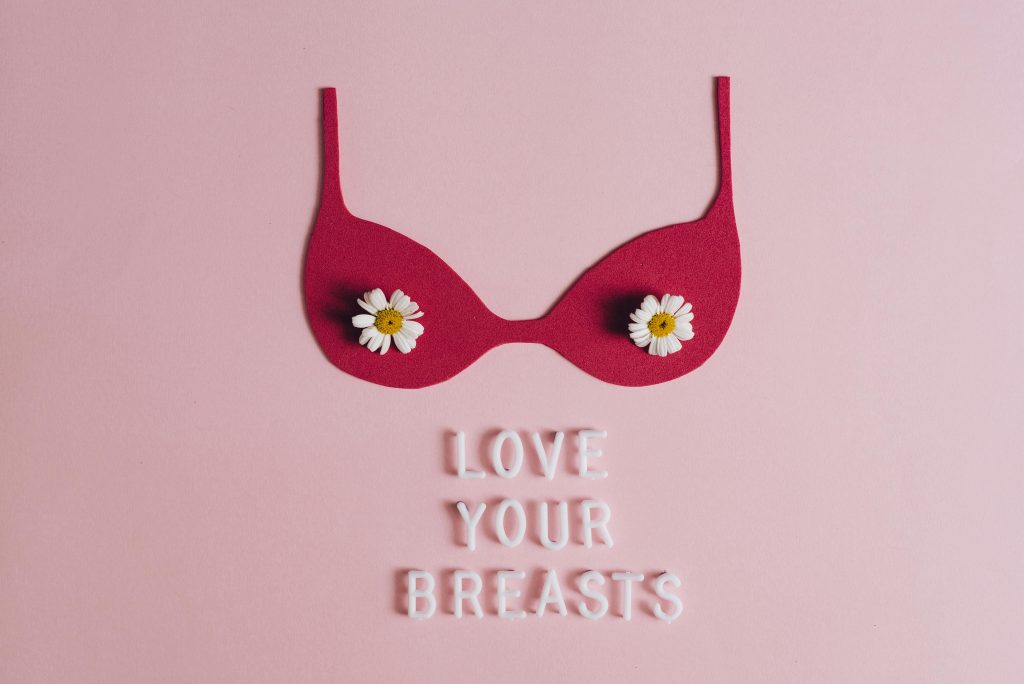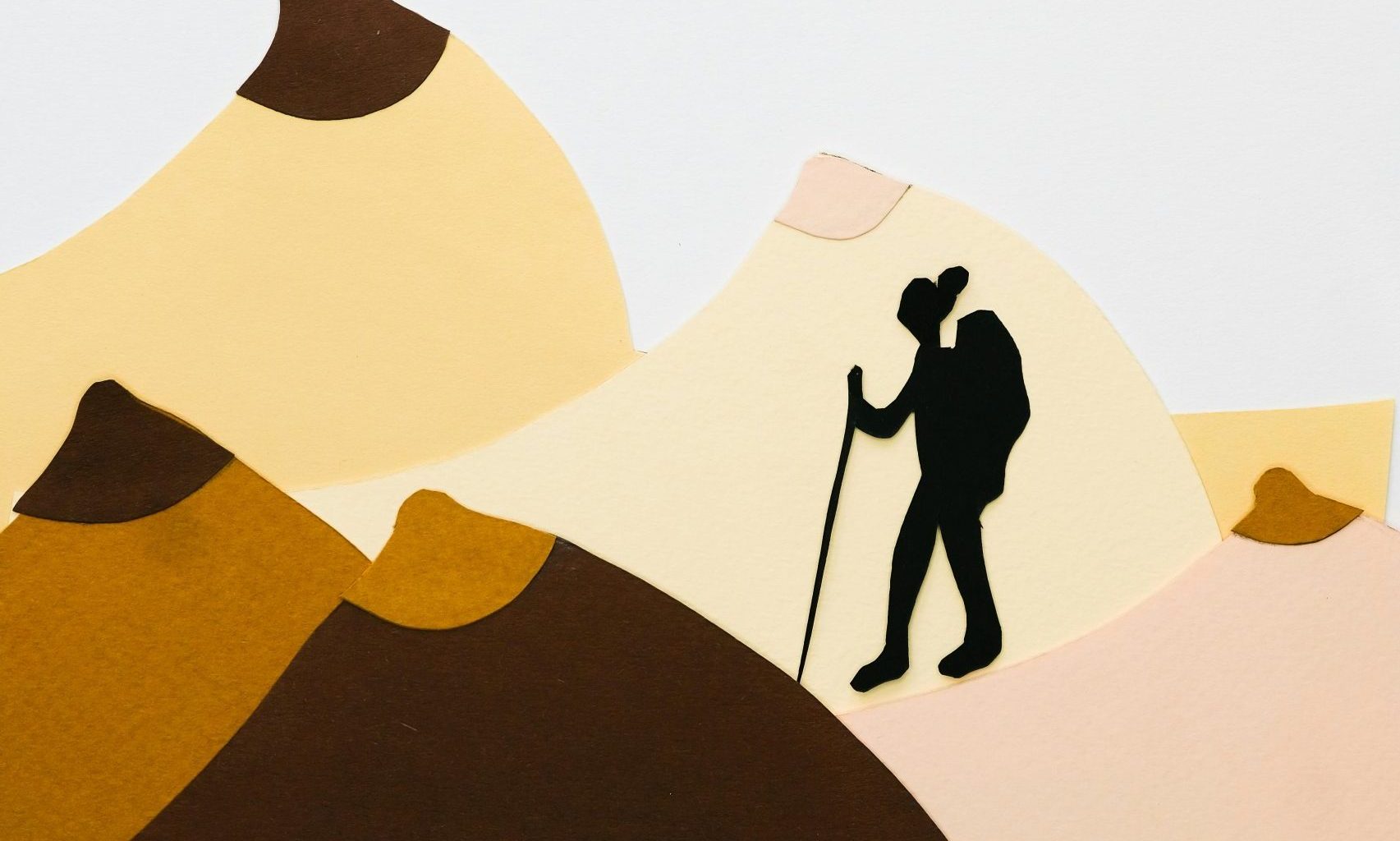From a young age, women are fed the idea that big breasts are more feminine, attractive, and stylish. Just think of any period piece where women’s corsets are pushing their breasts almost right out of their dress, or Kim Kardashian’s current style.
As a kid, I used to try on my mom’s bras and stuff the cups with toilet paper or rolled up socks to fill it out. I’d pose in the mirror and hope my Hispanic genes would kick in with puberty so eventually I’d look like Sofia Vergara.
Having a big chest is not all it’s cracked up to be, though. I’ve watched friends and family struggle with pain, rashes, and hyper sexualization all because of their cup size.
Deciding to Get a Breast Reduction
Big chests get heavy. A bra can basically be a torture device as it digs into your shoulders all day, leaving angry red grooves behind when you finally take it off. And a halter top is an instant no go when all that weight is resting on the back of your neck, making you hunch forward to mitigate the pain.
Summer is breasts’ worst enemy. The heat makes it easier to develop rashes under your breasts which can get infected from friction and boob sweat. A woman with a large chest can’t wear a tank top if she wants anyone to make eye contact with her, even if it’s boiling outside.
The last straw could be not fitting into any clothes right. Buying clothing that fits large breasts often means wearing baggy clothes two sizes too big and losing any semblance of a figure. It also often means needing to buy specialty bras because most stores don’t carry above a 48DD. Specialty bras can get expensive, especially after factoring in shipping costs, and often are plain and are only available in neutral colours.
Private or Public Healthcare?
Breast reductions can be covered by provincial health insurance if it’s deemed medically necessary, but it can make the process harder. Just getting approval from the ministry of health can take up to eight weeks. Expect to wait months from consultation to surgery.
The eligibility criteria for insurance is different for every province. Some require a certain weight to be removed during surgery while others need proof of pain. To be covered by insurance, you will need a referral from a doctor saying it is a medically necessary procedure.
Keep in mind that you’ll still have out of pocket costs. Pain relievers, surgery bras, and possible liposuction to even out the area around your breasts can get expensive. Also, not every clinic accepts patients wanting to use provincial insurance.

You’ll discuss cup size with your plastic surgeon before the procedure. While some provinces have a minimum weight that needs to be removed from the breasts, with private medicine you can get as much or as little tissue removed as you like.
The private route is more efficient, but also costly. Without insurance, a breast reduction surgery can cost up to $12,000 in Canada. The good news is there are very few requirements. Clinics may have their own criteria though, such as BMI or smoker status. Check their website for details.
Research different clinics in your area to find a plastic surgeon you trust. It’s always a good idea to check on their results and reviews to ensure the best experience. To check their certification, you can go to the Royal College of Physicians and Surgeons Canada directory found at royalcollege.ca/en/directory/search.html and type in their name.
Recovering from Breast Reduction Surgery
Post surgery, you’ll need to stay home for a minimum of one week. Keep activity light during this time and avoid raising your arms above your head. Expect mild to moderate pain and take painkillers as prescribed to lower discomfort.
Your new breasts will need extra support and constriction to keep their new shape and heal properly. Your surgeon may ask you to wear an ace bandage, but listen to your body if it hurts. The elastic will continue to constrict as you breathe and can get too tight. If it’s causing pain, take it off. Instead, you can buy a surgery bra which is designed to wear post breast reduction surgery.
To support your mental health, keep friends and family in the loop. It can be a really emotional experience and can take some getting used to before you feel comfortable with your new chest. Having support post-op can make a world of difference.

Complications
Breast reductions are a safe and common procedure in Canada, but like any surgery, it still comes with a few risks.
Mayo Clinic lists possible complications as:
- Bruising, which is temporary
- Scarring
- Difficulty or inability to breastfeed
- Differences in the size, shape, and look of the left and right breasts
- Not being happy with the results
- Rarely, losing the nipples and skin around the nipples or the feeling in them
Reasons to Postpone
Most surgeons will not operate on a minor. Wait until at least 18 years of age to give your body a chance to finish developing.
If you are pregnant, wanting to become pregnant, or breastfeeding, it’s not the right time for a breast reduction. This surgery can reduce your chances of breastfeeding in the future by about 50 per cent. This can be a major factor in deciding if a breast reduction is right for you.
Your breasts should not be going through any size fluctuations when going in for surgery. This includes planning to gain or lose weight. Not only can body weight change your cup size, it also alters how the surgery is done. Your surgeon’s goal is to make your new breasts look natural with your body type.
Breast reduction surgery can make life easier for a lot of women, and it’s a hard choice between private or public medicine.
Curious about other cosmetic procedure in Canada? Read The Health Insider’s article about Dermal Fillers!
~ Read more from The Health Insider ~
- Canada Authorizes First-Ever Oral Treatment for Postpartum DepressionCanada approves ZURZUVAE, the first oral PPD pill. This breakthrough 14-day oral therapy aims to elevate the standard of maternal mental health care.
- A New Fit for Health: The Smart Bra Aiming to Revolutionize Breast Cancer DetectionMeet Dr. Van Houten’s smart bra: a low-cost, comfortable, no-x-ray system that detects cancer by monitoring breast tissue movement and stiffness.
- From Mammograms to Smart Bras: Transforming Breast Cancer Detection in CanadaBeyond mammograms: new tools and research are reshaping breast cancer detection in Canada, with equity and precision in mind.
- The New Era of Menopause Care: What’s Changing for Canadian WomenIn this interview, Dr. Amy Louis Bayliss reveals how menopause is an opportunity to take charge of your health and shares her decade by decade action plan. Dr. Amy also shares how new Ontario standards will ensure more doctors discuss menopause care proactively.
- Why Alzheimer’s Hits Women Harder: A Q+A with Dr. Natasha RajahWomen make up the majority of Alzheimer’s patients. Dr. Rajah breaks down the science behind this gender gap and what it means for treatment.
- Tylenol and Pregnancy: Sorting Science from Scare HeadlinesTylenol remains the safest option for fever and pain in pregnancy, says Canada’s top OB-GYN group.
The information provided on TheHealthInsider.ca is for educational purposes only and does not substitute for professional medical advice. TheHealthInsider.ca advises consulting a medical professional or healthcare provider when seeking medical advice, diagnoses, or treatment.
















